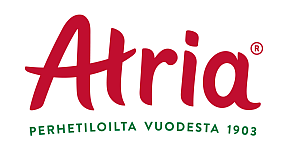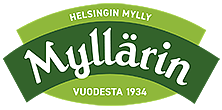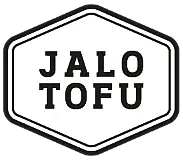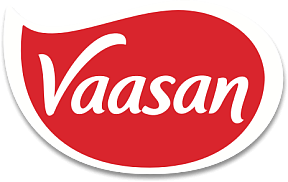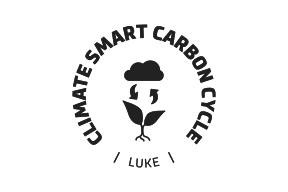Integrating nutrional quality into environmental impact assessment and communication - a product group approach
The environmental impact and nutrition of food have traditionally been considered separately. It is only recently that they have been considered in an integrated way, that is, simultaneously and even with methods that combine the two. The integration of nutritional and environmental aspects becomes particularly important when looking for solutions to reduce the environmental impact of food. In these situations one should not drift into situations where human nutrition deteriorates even if the environmental impact is reduced. However, development of integrative assessment methods are still its infancy. The NEPGa project contributes to this development. Both nutritional and environmental impacts are complex issues that are challenging to assess and communicate to consumers. The basic hypothesis of the NEPGa project is that the combination of nutrition and environmental aspects can be done with a product group-specific approach, so that assessment and communication cover nutritional and environmental hotspots at a more general level than the product level. The project will further develop previously developed LCA-based integrated methods: update the method for protein sources and develop methods based on it for at least two other product groups. The project also promotes basis for an integrative communication approach that can be applied to product-specific sustainability communication, for example criteria-based labeling.
The NEPGa project aims to diversify the current debate on food sustainability and provide tools to produce and share research-based information on food sustainability. The NEPGa project concretizes the sustainability debate by bringing it to the level of consumer choice and products. The NEPGa project provides a scientifically sound, reliable and multi-stakeholder basis for product-level communication that integrates nutrition and environmental considerations. When implemented, such a mode of communication will make it possible for food businesses and trade to produce and provide comparable information. It supports the competitiveness, diversification and product design of companies developing sustainable solutions. A reliable and functional way of communicating at the product level helps the consumer to compare products from different production chains and make sustainable product choices. In addition to its direct impact, sustainable consumer product choices also contribute to the development of sustainable production through the demand mechanism.
The NEPGa project supports policy decision-making on the sustainability of the food chain. The information on the sustainability of food products, which integrates nutritional and environmental aspects, produced by the project, diversifies the knowledge base for decision-making.
In addition to the lively general debate on the environment and nutrition, and political relevance, the integration of nutrition into environmental assessment of food is currently the subject of active international scientific debate and methodological development. The NEPGa project will contribute to this debate by producing scientifically relevant methods for combining nutritional aspects with the assessment of the life-cycle environmental impacts of food products in different product groups. The development work carried out in the project takes place in a Finnish context, but the concepts of both scientific methods and communication methods can also be applied in other countries.
Events and blogs
- Blog Markus Nurmi: Antinutrients affect the nutritional quality of food products. We get the nutrients we need from the food we eat every day. There are differences in the nutritional quality of different foods, and it does matter what food we choose on our plates. How well we can utilize the nutrients in our food affects the nutritional quality. Antinutrients reduce the absorption of nutrients, but knowledge about their significance is still incomplete. https://www.luke.fi/en/blogs/antinutrients-affect-the-nutritional-quality-of-food-products
- Workshop 13.6.2022: One of the goals of the NEPGa project is the creation of a product group-specific label aimed at consumers. The label combines the environmental impact and nutritional value of the food. The label aims to promote the availability and easy selection of healthy and environmentally friendly food. We organized a workshop in Helsinki on June 13, where the possibilities and challenges of the label were discussed. Read more about from the workshop report.
- Blog Merja Saarinen: Nutritional quality to be included in food life cycle assessments. "The life cycle assessment (LCA) of food items’ environmental impact has already established its place in the dialogue on the environment and especially in attempts to curb climate change. However, the interpretation of results can be debatable from time to time, as the nutritional quality of food has not usually been included in assessments or comparisons between items. No well-founded or reliable methods, or even commonly accepted principles, have been available." https://www.luke.fi/en/blogs/nutritional-quality-to-be-included-in-food-life-cycle-assessments
- Blog Merja Saarinen: Milk or oat milk? – NEPGa brings nutrition to food’s environmental impact assessments. https://www.luke.fi/en/blogs/milk-or-oat-milk-nepga-brings-nutrition-to-foods-environmental-impact-assessments




